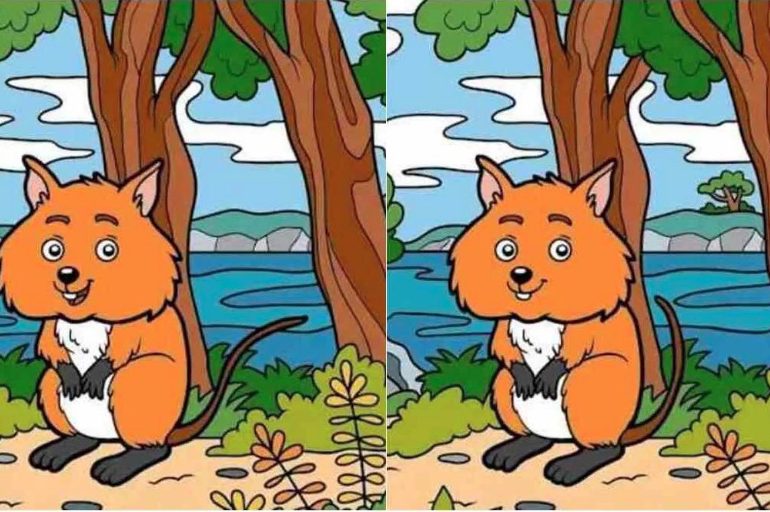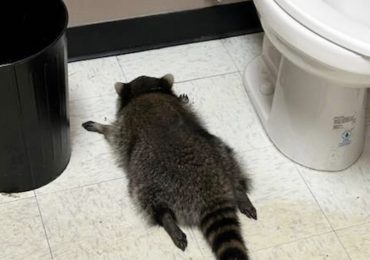EVERYONE can spot the two foxes side-by-side but only true geniuses can spot the 10 differences in 15 seconds
Only those with a keen eye for detail and 20/20 vision can succeed in this challenging puzzle.
jagranjoshCan you spot the 10 differences in 15 seconds?[/caption]
Take a look at the two images of the fox carefully and see what looks different.
How many differences can you spot?
Surrounding the two foxes are trees, water and a footpath, but don’t be too distracted by the scenery.
Make sure you scan every nook and cranny of this brain teaser.
Get yourself comfortable and set your timer.
You will need great attention to detail and composure to succeed in this challenge as all is not what it seems.
Picture puzzles are a form of brain teaser that tests the reader’s critical thinking and problem-solving skills.
These challenges have the potential to boost intelligence and improve concentration.
If you find this challenge too easy, or enjoy testing your brain, have a look at our other optical illusions.
To make things harder, try figuring out what’s wrong with this image of smiling women as you count their legs in 11 seconds.
Or you might want to prove you have a 20/20 vision as you search for a strawberry in this carnival scene.
Did you know that optical illusions have an array of benefits for your mind and body?
How can optical illusions and brainteasers help me?
Engaging in activities like solving optical illusions and brainteasers can have many cognitive benefits as it can stimulate various brain regions.
Some benefits include:
Cognitive stimulation: Engaging in these activities challenges the brain, promoting mental agility and flexibility.
Problem-solving skills: Regular practice enhances analytical thinking and problem-solving abilities.
Memory improvement: These challenges often require memory recall and can contribute to better memory function.
Creativity: They encourage thinking outside the box, fostering creativity and innovative thought processes.
Focus and attention: Working on optical illusions and brainteasers requires concentration, contributing to improved focus.
Stress relief: The enjoyable nature of these puzzles can act as a form of relaxation and stress relief.
Psychologists at The University of Glasgow found that staring at an optical illusion can improve eye sight by allowing you to see small print.
Escape London says puzzles can also give your mind a great workout and may “boost your brain’s activity” which “reduces the risk of dementia.”
How did you go?
Did you find all 10 differences or are you still searching for the differences?
Here’s a handy hint: The fox hides two differences.
If you’ve solved the puzzle in less than 15 seconds, congratulations!
If not, don’t worry – we’ve added the solution below.
Keep your brain engaged and have a go at our three other illusions.
jagranjoshWell done! You’ve found them all[/caption]
Can you find the missing bird
Can you spot the odd mushroom
Can you find the crab in 13 seconds
Found it, the bird was down the bottom on a cloud
Spotted!
Found it!
Leave a comment








